Hello everyone,
Struggling with methodologies? Then keep reading.
Working with methodologies—there are too many to name—often sparks heated debates between theorists and practitioners. I suspect we’ve all experienced those awkward moments when colleagues clash: some rigidly follow the theory, while others rely on hands-on experience.
One pattern I frequently see in organizations striving for agility is teams getting stuck in decision-making deadlocks. These often occur when teams are expected to reach democratic decisions. The only way out seems to be escalation, which pushes decision-making outside the team. But this kills self-management.
My advice: stop internal escalation processes immediately. They mostly lead to poor decisions and mounting frustration. When escalation is no longer an option, teams are forced to take responsibility—and that’s where growth begins.
The best results usually come when theory and practice are in balance. So, how can you achieve that balance?
- Gather information from reliable sources;
- Listen actively and let others finish;
- Consider the experiences of your team;
- Ensure that theory fits your context and is actually doable;
- Capture knowledge through documentation;
- Define the current state;
- Define the future state;
- And identify the gap between them.
I base my choices on what I know. What I don’t know, I look up. But to be honest, I often follow my gut instinct. That’s where neither theory nor experience truly helps—because we are, after all, emotional beings.
You can’t separate emotion from business, no matter how hard you try. In my view, that’s the strength of a solid methodology: when followed properly, it offers clear outcomes. Learn from it what you need, so you’re not caught off guard by the unexpected. Choosing a methodology that fits your organization is therefore essential.
Got questions? Feel free to reach out—I’m happy to talk more.


Leave a Reply